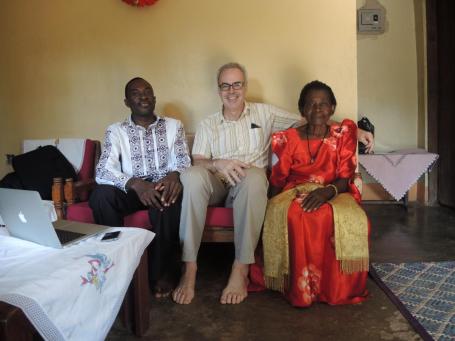
The approach of the Catholics & Cultures website is ethnographic, with a focus on Catholicism as practiced from the vantage point of lay people. It aims to describe the world from the perspective of ordinary lay Catholics living in particular cultural and social contexts. To the degree possible, without losing one’s audience in methodological excursus, entries should make clear who within a culture is being discussed, whether that be urban or rural people, a particular ethnic group, people from a certain region of a country, middle class or poor people, or Catholics who might otherwise stand apart from “ordinary” Catholics by way of practice or commitment. Any of these can be of interest, but the author should help a reader who is unfamiliar with the culture to understand how those persons might differ from, or illustrate, something about the dominant culture(s) of the country. The author should make some brief attempt to explain contextual factors that shape religious life in a place.
Authors should imagine their typical audience as a group of bright undergraduates, who possess only minimal, perhaps stereotyped, knowledge of the culture in question. While comparative in nature, the site should not hold up any single Catholic cultural identity as a consistent norm. It will be most enriched to the degree that it grows to be truly comparative and multi-perspectival. Authors should remember that readers on the web have a shorter attention span than elsewhere. Ideally, that means making sure that the lede, the opening of the article, identifies some interesting themes to see developed later. Writers are also asked to consider, where the material warrants, breaking articles into several pieces that might be linkable under any of the Practices and Values themes, so that we can organize them to more easily foster comparative thinking on any single theme.
While the focus of the site is contemporary, history can have a helpful place in the entry — seldom at the foreground, but generally as a brief means when appropriate to explain significant phenomena that shaped contemporary Catholic life in that place. Historical work that explicitly does that can also be cited in footnotes, or occasionally the “read more” section of a page, though the latter is primarily for citations about contemporary Catholic life.
Entries should make use of a variety of media to help readers understand that culture. Where possible, audio or video interviews should provide an opportunity, in translation, for readers to hear at least one view of the culture or a practice from the mouth of someone who lives it.
Catholics & Cultures entries should not focus strongly on placing situations within disciplinary theoretical debates, but on providing a rich description of the situation. The purpose is not to expound on theory, but to describe how those who live it generally understand it. Doing so does not preclude analysis, but should primarily yield analysis that would help an interviewee or inhabitant of a place to feel that she better recognizes and understands herself as a result of the observation. The Journal of Global Catholicism, also featured on the Catholics & Cultures website, provides opportunities to expound more deeply on theoretical and methodological frameworks for the study of Catholic life and practice, or in ways more critical of practices or cultures.
Entries should be formatted according to the Chicago Manual of Style. Authors will need to develop captions for photos, and to provide these to us in digital format. Please refer to our Multimedia Submission Guidelines for capturing and submitting video and photography.
Authors grant Catholics & Cultures and the College of the Holy Cross non-commercial rights to publication.
To discuss a submission, please email catholicsandcultures [at] holycross.edu (subject: Author%20submissions) (catholicsandcultures[at]holycross[dot]edu) or call 508-793-3869.